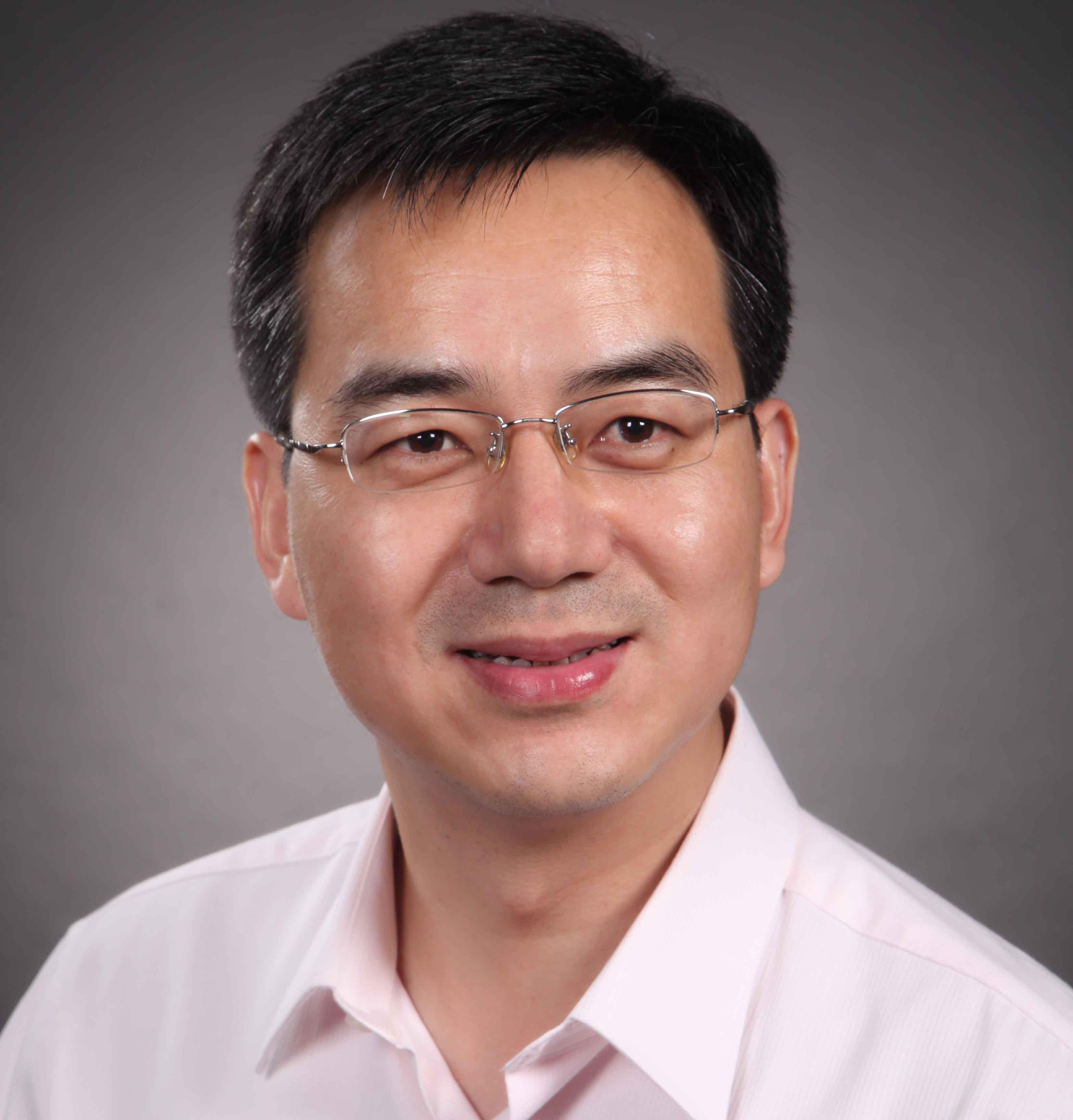US Defense Secretary Leon E. Panetta visited two Asian powers, Japan and China from September 15th to 20th. The visit can be viewed as an effort by the Obama Administration to engage in the Asia-Pacific region following Secretary of State Hillary Clinton’s six-nation tour at the beginning of this month. The main purpose of Secretary Panetta’s visit, as he said in the airplane en route to Tokyo, is to “further advance our strategy of rebalancing towards the Asia Pacific that I outlined at the Shangri-La conference in June.” His visit came amid escalating tensions between China and Japan over the Diaoyu Islands in the East China Sea, which made him a mediator of the dispute.
With the US-Japan bilateral alliance as the cornerstone of U.S. Asia-Pacific engagement, Japan is viewed by the US as the most important ally in the region. The achievement of Panetta’s visit to Japan is mainly reflected in further strengthening US military maneuver and surveillance capabilities there. Panetta met with Japanese Defense Minister Satoshi Morimoto and Foreign Minister Koichiro Gemba. He discussed the U.S. deployment to Okinawa of V-22 Osprey tilt-rotor aircraft, which had been a controversial topic for its poor safety since the aircraft was first shipped to Japan in July. Deployment of the aircraft will enable the US to more effectively fulfill various roles since it provides twice the speed, three times the payload, four times the range compared with the platform they replace.
To increase US missile defense capabilities, both Panetta and Morimoto have agreed to add a second U.S. anti-ballistic missile radar installation in Japan. The AN-TPY-2, to be deployed somewhere in the south of Japan, will augment one previously set up in Shariki on the northern part of Honshu island. According to a US Missile Defense Agency fact sheet, the AN-TPY-2 is a X-band, high-resolution, phased-array radar designed specifically for ballistic missile defense, capable of tracking all classes of ballistic missiles and identifying small objects at long distances. The US has similar early warning radar systems on ships in the Asia-Pacific, and the second Japan-based system will allow US vessels to spread out and cover other parts of the world as needed.
Panetta also discussed with his Japanese counterpart the future of US-Japan alliance including the roles of the defense forces, the types of missions the alliance will undertake, and the capabilities both nations will need in order to invest in.
The US views China as a key to developing a peaceful, prosperous, and secure Asia-Pacific in the 21st century, therefore, building a healthy, stable, reliable, and continuous military-to-military relationship with China is of great significance.
Panetta’s China visit has been a great success. He met with Chinese Vice President Xi Jinping who is also vice chairman of the Central Military Commission, Vice Chairman of the Central Military Commission Xu Caihou, Defense Minister Gen. Liang Guanglie, and State Counsel Dai Bingguo who serves in a position roughly equivalent to the U.S. national security advisor. His high-level interaction offered him a chance to discuss the U.S. strategic rebalance with China’s leaders and listen to their concerns. According to Gen. Liang, the two sides exchanged views on a number of issues confronting the two countries, including US arms sales to Taiwan, maritime disputes over Diaoyu Island, territorial issues in the South China Sea, cyber-space and outer space security. The talks were held in a “friendly and candid” manner with “some consensus” reached.
During his visit, Panetta invited China to join the next Rim of the Pacific exercise in 2014. The RIMPAC, held by the US Pacific Command in Hawaii since 1971, takes place every even-numbered year. This year’s drills, from late June until early August, were the largest ever, with 22 nations and 25,000 personnel participating, but China was excluded. On September 17, the same day Panetta began his China visit, Chinese frigate Yi Yang participated in a counterpiracy exercise with guided-missile destroyer USS Winston S. Churchill and other U.S. Navy assets near the Horn of Africa, which is the first bilateral counterpiracy exercise ever conducted between the two major powers. The recently regained momentum of exchange and cooperation are of great value to take the bilateral military relationship out of the on-and-off circle they have had in the past.
Considering the complexity of Asian security and the defects inherent in the US Asia-Pacific security strategy, however, Panetta might find himself puzzled by a few contradictions. First is the contradiction between satisfying both US allies and China. Strengthening US bilateral alliances needs to exaggerate regional threats and create a mighty enemy big as China, but by doing so the US pushes China to the opposite side and finds it increasingly difficult to have good relations with China.
Second is the contradiction between standing neutral over the dispute of Diaoyu Islands and emphasizing US-Japan security alliance. Panetta repeated that the US did not take a position on the islands during his China visit, but some US high-ranking officials often claims that the islands fall within the scope of the US-Japan security treaty. If Washington is truly impartial about the substance of the dispute, namely, it doesn’t decide whether the islands belong to China or Japan, then clearly the US-Japan defense treaty should not cover those islands.
Third is the contradiction between maintaining US commitment to its bilateral alliances and maintaining regional peace. The US takes its bilateral alliances in the region as a significant part of its pivot-to-Asia strategy, but at the same time US commitment to some allies encourages their provocations against China over territorial disputes, which in turn endangers regional peace that has been enjoyed for decades. In his visit, Panetta urged “calm and restraint on all sides” in all cases of disputed territory involving Pacific waters, but what he may not know is that the seeds of conflict are sowed by US policy itself.
Zhao Xiaozhuo is deputy director of Center on China-America Defense Relations, Academy of Military Science, PLA.




